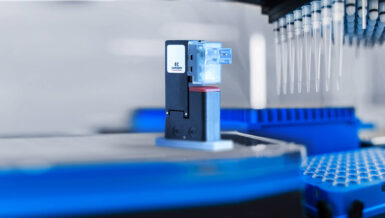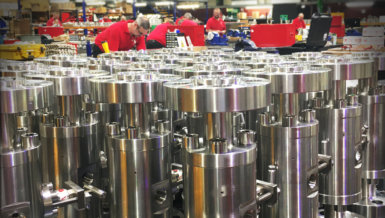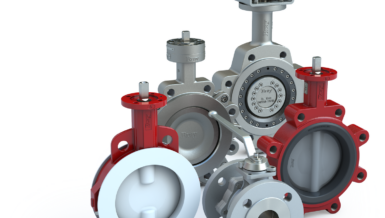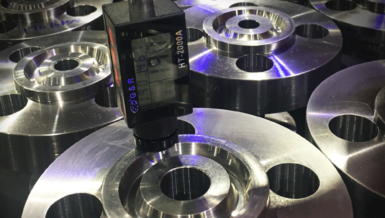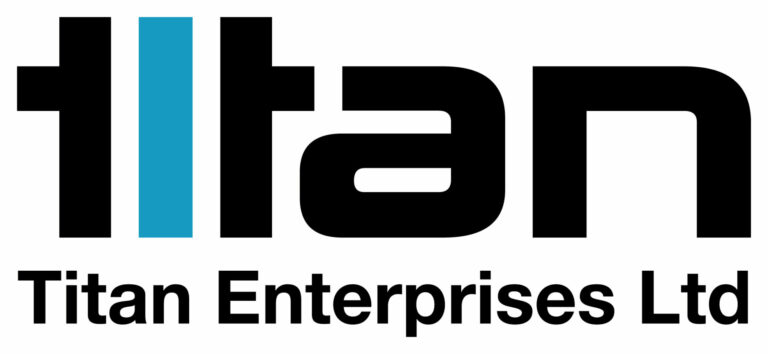Large pumps are critical to power production, petrochemical or oil and gas applications, where they are typically used for ammonia and fluid gas, fire protection, crude oil, or condensate systems. However, operating pumps below the minimum specified flow condition can result in overheating or cavitation. This can wreak catastrophic damage to a pumping station, reducing plant productivity and profitability. The standard pump protection solution, a control valve, offers complicated functionality and higher installation costs. For many large pump applications, an all-in-one automatic pump protection valve is the more efficient and effective solution.
An efficient control valve system?
Pump protection control valves operate as part of a multi-component system, which consists of a main line check valve, flow meter, special piping T-piece for the recirculation line, control unit, control valve (with actuator and positioner), and an external power supply. During pump operation the flow meter continuously measures flow and transfers results to the control unit. If the pump’s required minimum flow is lower than defined, the control unit opens the control valve to ensure the minimum flow and avoid damage from cavitation or overheating.
This complex control valve solution can fail if there is any lapse in power, malfunction or breakdown of components, or any break in their linkage. In addition, each element of the multi-part installation requires its own maintenance schedule, and its own installation. The complexity of the system entails greater upfront installation and commissioning costs than a simpler solution.
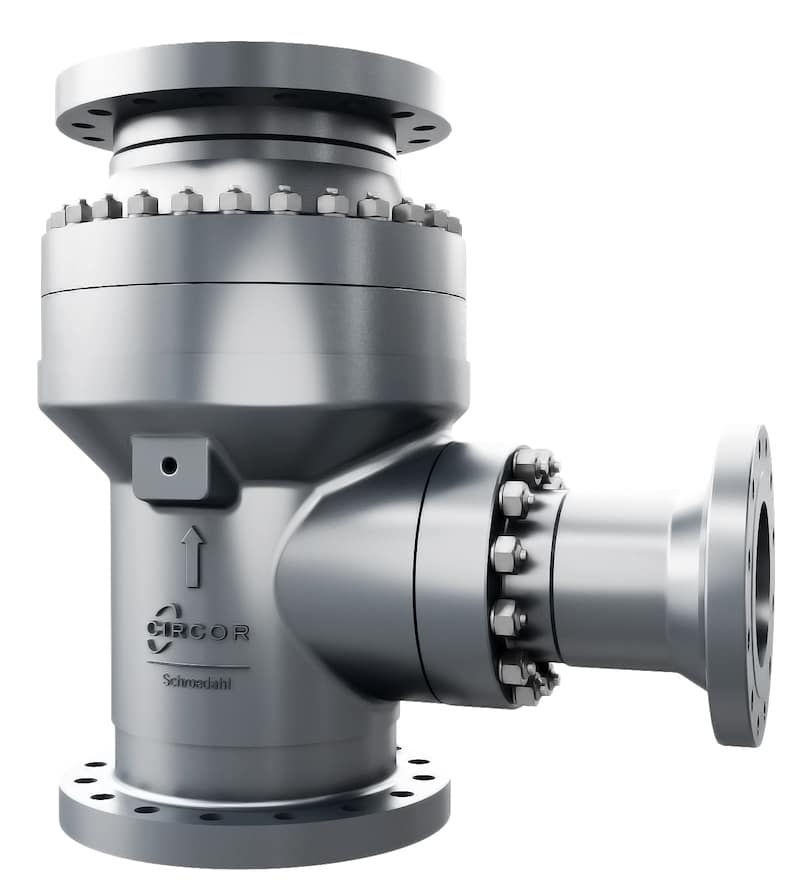
SCHROEDAHL Automatic Recirculation Valves combine check valve and flexible high bypass flow into one unit for greater efficiency.
The system design also reduces opportunities to improve operational efficiencies. Pump protection with a control valve usually operates as a binary function. Either the valve is open and supplying the minimum flow it is closed. Modulating this function would vastly improve operational efficiency but creating a modulating function with a control valve is complicated. Switch points must be defined and controlled continuously by the operating system, with the control system and flow meter working in unison. So, the standard on/off function of a control valve solution often results in vibration and coupling problems at the pump due to a sudden drop at the switch point.
Simple mechanical design of all-in-one pump protection offers efficiency
An alternative pump protection solution using automatic recirculation valves (ARVs) enables improved operational efficiency for large pumps. For example, ARVs by CIRCOR | SCHROEDAHL combine a high-quality check valve with a bypass control mechanism that uses a pressure-independent and low-friction mechanical control. With a robust control bushing design and a low bypass switch point, the valve self-modulates to allow partial load operation at lower energy consumption. This results in operational cost savings for the life of the valve. The new Schoredahl TDL ARVs with high bypass flow offers maximum flexibility in bypass trim sizes for pumping systems from 10- to 18-inch nominal pipe size (NPS).
The consolidated mechanical pump protection design with ARVs adds other efficiencies. For example, the valves self-actuate without the need for separate power or a separate control system. Due to the elimination of these components and a new housing design, the SCHROEDAHL TDL ARV is 35 percent lighter than previous versions. With its reduced installation weight, ARV installations costs are one-third of those associated with a control valve system featuring a component check valve and instrumentation devices. While control valve systems are only confirmed after commissioning, and then require continual checking, no actions or modifications are needed for commissioning ARVs. Pump protection begins immediately upon installation.
Furthermore, the valve’s straightforward and integrated engineering provides improved valve function. An optimized balance of the main check valve behavior and the bypass operation against typical fluid pulsations results in greater pump stability for less vibration and fewer pump coupling or gear problems. Plus, these mechanical units are designed with lifespan in mind, offering maintenance-free operation.
While the ARVs are available for low- and high-pressure service for virtually every pump size, the valve can become cumbersome at some sizes and for some applications. For example, for exceptionally large power plants (over 500 MW), plant engineering companies often require a control valve solution, since an ARV for such a massive boiler would be a quite hefty unique part. In these cases, the negatives of a multi-part non-mechanical system can be overlooked.
Choosing a pump protection solution with installation, operation, and maintenance benefits
Combined pump protection valves such as SCHROEDAHL Automatic Recirculation Valves offer an elegant simplicity of a mechanical design that delivers flow-sensitive, self-actuating, and self-modulating performance. They offer considerable installation, operation, and maintenance efficiency benefits compared to standard control valve installations.
To identify and implement the most efficient solution for a particular application, plant engineers should consult the pump protection experts at SCHROEDAHL, who can deliver both ARV and control valve technology solutions.






